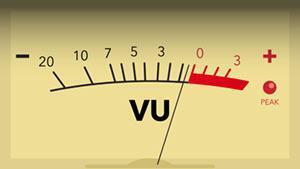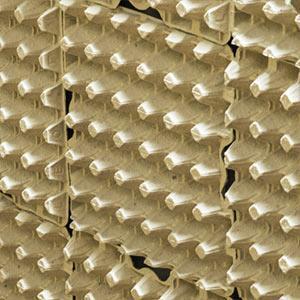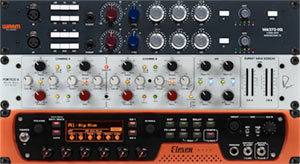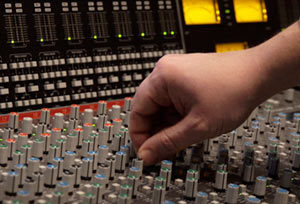If you want to save yourself some headaches down the road, grab 20-30 mins to take some time when you're not very busy and think about how you want to organize folders, files, sessions, and clients.
Being able to find a client's session quickly becomes key. For instance, I have one client who came in a few years ago with just one project. As the months and years have gone by she has done a dozen or so different types of projects. I made the mistake of thinking what she was bringing me was a one-time project, so I just threw it in with another of her sessions. I have now done that so many times that when she calls and asks if I have so and so I don't know the answer. She is the exception for me. But her different projects are a MESS!!
So I had to develop a "system" of sorts to stay organized. Here's what I do:
I put the clients' last name first, then first name. So Tom Smith becomes Smith Tom. Bands are simply listed by the name of the band. I always capitalize the main client folder and the main folder for a song (i.e. Smith, Tom). I usually put a sub-folder inside the client folder with the song title - and I do one folder per song. I do not put multiple songs in the same folder! If they have three songs, they get three folders. The folder for the song I put in caps, like "The Setting Sun". Then the session in that folder becomes settingsun. I always do 'Save As' with the sessions as I get something done, incorporating a number scheme. So the session I put settingsun_01 xxx. With the xxx being what was done during that session, i.e. vocal tracking, eq, rough mix, etc. Then settingsun_02,etc.
So I had to develop a "system" of sorts to stay organized. Here's what I do:
I put the clients' last name first, then first name. So Tom Smith becomes Smith Tom. Bands are simply listed by the name of the band. I always capitalize the main client folder and the main folder for a song (i.e. Smith, Tom). I usually put a sub-folder inside the client folder with the song title - and I do one folder per song. I do not put multiple songs in the same folder! If they have three songs, they get three folders. The folder for the song I put in caps, like "The Setting Sun". Then the session in that folder becomes settingsun. I always do 'Save As' with the sessions as I get something done, incorporating a number scheme. So the session I put settingsun_01 xxx. With the xxx being what was done during that session, i.e. vocal tracking, eq, rough mix, etc. Then settingsun_02,etc.
Although I don't always do it this way, it's good to know that 'year/month/day' formatted dates sort alphanumerically; 'day/month/year' (UK) and 'month/day/year' (USA) standards do not. Think about it: under the UK system, the 1st of December sorts in front of the 2nd of January because 1 comes before 2. And in America Jan the 1st 2008 comes before the December the 1st 2007 because 01 comes before 12.
This works for session files too. Versions of the same day get suffixed a, b, c etc.
Dates are more logical than descriptives like... 'final mix', 'final final mix', 'final final mix THIS ONE', new final mix, 'new new final mix unmastered reverb +EQ' etc., etc. I don't use descriptives this way.
If you use the YYYYMMDD format, they'll sort alphanumerically on a computer and you'll be organized!
I hope this helps!
Peace-
And remember - make it a great day!
Tim





